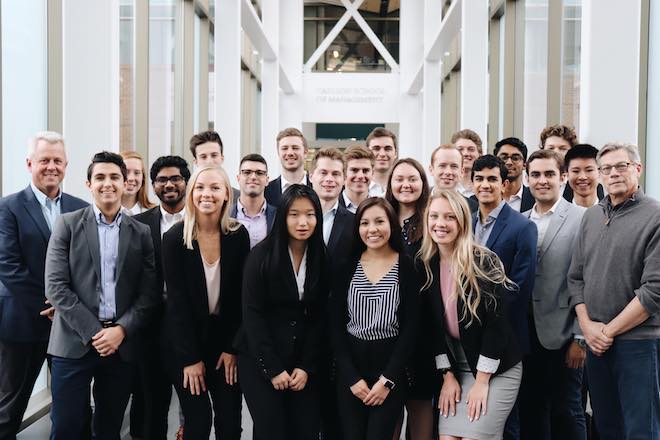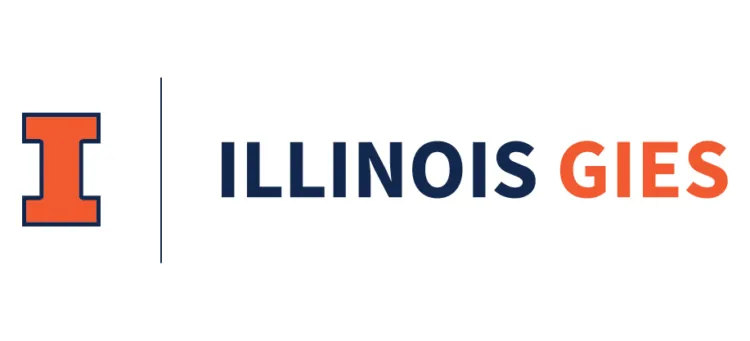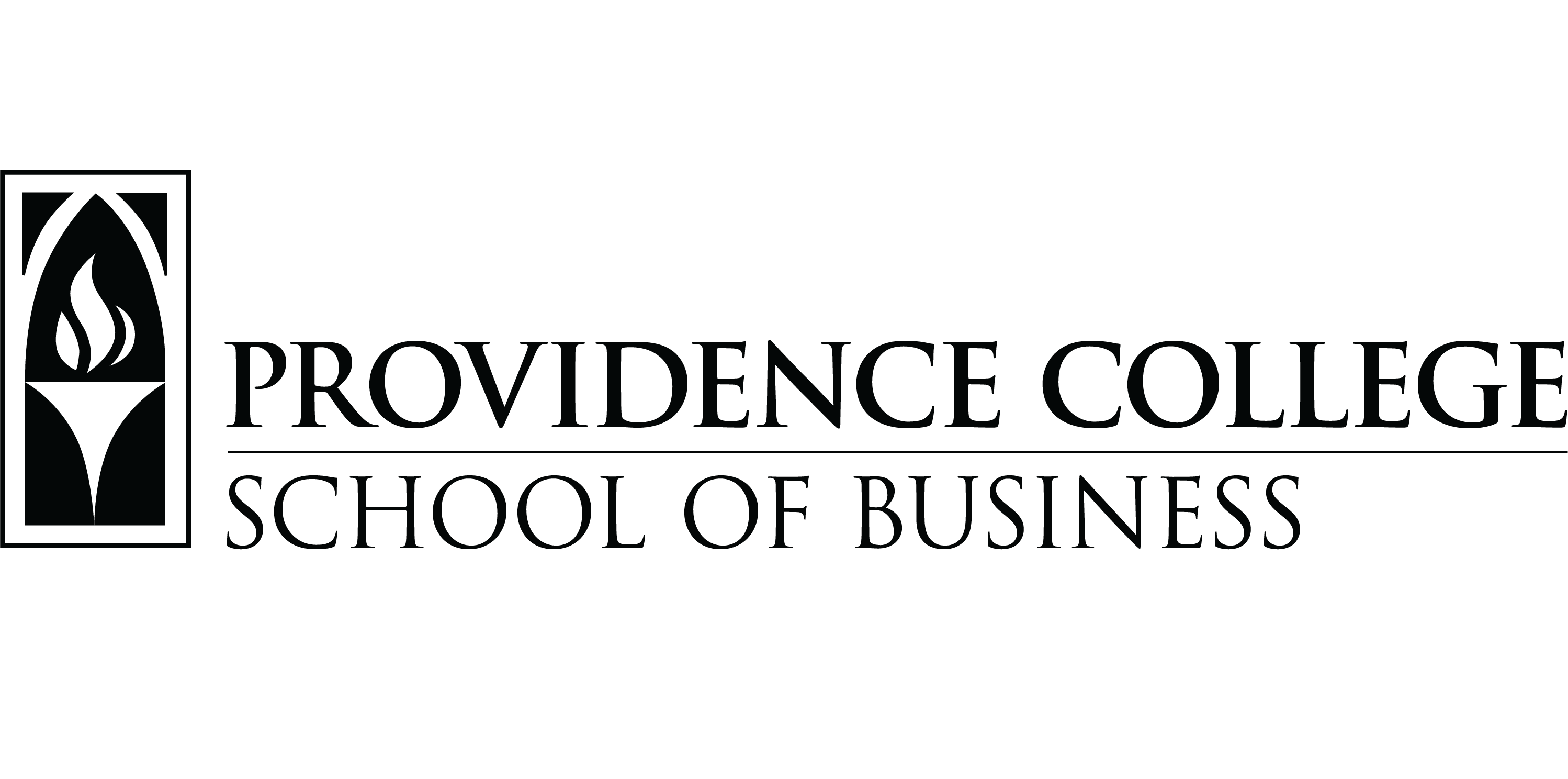
The Atland Ventures team. Courtesy photo
When you think of venture capital, you don’t think of Minnesota.
That’s one thing Atland Ventures wants to change. Atland Ventures began in 2016, first founded by students, and then as an independent study course at the University of Minnesota Carlson School of Management and has now grown to be the first for-profit fund where students get a return on successful investments. It functions just as any other VC firm does. Atland charges a management fee, makes money out of its investments, and repays investors the same way.
But, for students, Atland is an opportunity to learn about the VC world in an entirely new way.
“What we want to achieve as a fund is to allow students to understand the process of raising money for a startup or new venture idea and to understand the key factors driving startup success and how investors evaluate them,” Matt Jessen-Howard, director at Atland Ventures, says.
REAL WORLD VC EXPERIENCE
The idea behind Atland Ventures is to connect students, investors, and entrepreneurs.
While Atland is a student-run fund, it’s backed by real-world VCs and advisors from prestigious firms as McKinsey, Boston Consulting Group, and Goldman Sachs. Atland receives funding support from its alumni network and referrals by its advisors.
Lucas Vaz, a Carlson student and managing partner at Atland, says the interaction with real-world VC’s is critical to the learning experience.
“We will know how to think like angel investors and VCs because we’re talking to those people,” Vaz says. “So, we are having this interaction with them and we’re learning how to think like investors that invest in startups.”
On the other hand, Vaz says, interacting with entrepreneurs is another critical component of the learning process.
“What also really helps in the experience that we’re having is the fact that we know how to navigate the process of fundraising as an entrepreneur,” he says. “So, at this point, we’re constantly interacting with entrepreneurs, we’re having meetings with them before investing in any companies and we have an idea of how to navigate the process which is something that is really not taught at school.”
THE RISING MIDWEST VC SCENE
Atland is primary interested in investing in companies based out of the Midwest region that are solving real-world problems. Currently, the firm has two companies listed on its portfolio: Structural, a SaaS people platform that leverages data to unleash talent in organizations and build more effective teams. And Dispatch, the Uber of industrial B2B delivery.
“There’s a growing venture and startup scene in the upper Midwest, particularly in Minnesota,” Jessen-Howard says. “The Twin Cities wants to and is becoming the innovation hub of the North, and we’re excited to be a part of this trend.”
Part of the process of investing in companies, Vaz says, is bringing in a level of expertise and connections. That’s why investing in the Midwest is crucial.
“We think we can generate superior return by doing so since we’re able to leverage the connections with alumni throughout our due diligence,” he says. “For example, in our portfolio companies, we do primary market research by reaching out to senior management people in organizations in fortune 500 companies that have alumni connections with us.”
THE PROCESS OF INVESTING
Once Atland finds a company they’re interested in, they begin the due diligence. While Jessen-Howard stresses that no two due diligence processes are the same, it generally breaks down into three phases.
“Phase one might be a high-level assessment on products, industry, market and management team,” Jessen-Howard says. “Phase two we would have a call with the founder, gather data from the founder, dig into data and dive deeper into all areas of diligence and conduct primary research where we reach out to industry experts, customers, and really try to understand the core problem being solved and analyze their data.”
Finally, phase three involves final research, valuation analysis, looking at exit multiples, and gathering feedback from advisors to make a decision.
Having that feedback from advisors is especially important.
“If we’re doing diligence on a company that’s specific to an industry, our industry advisors are a resource that we can have throughout the diligence process,” Jessen-Howard says. “They are only involved in diligences that are specific to their industry.”










